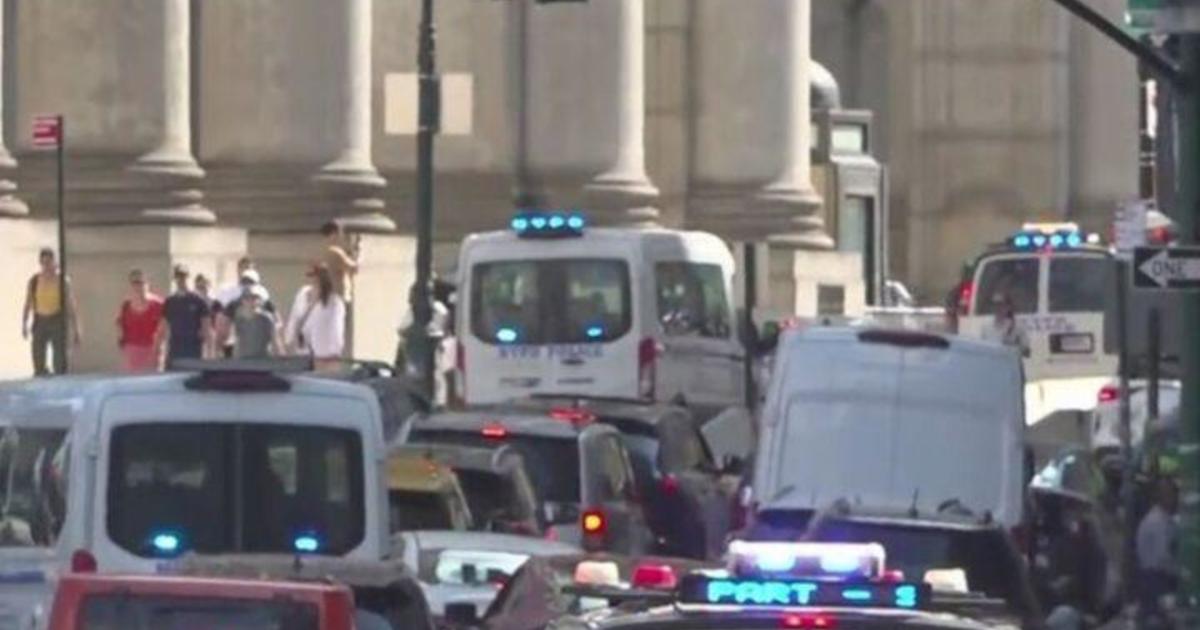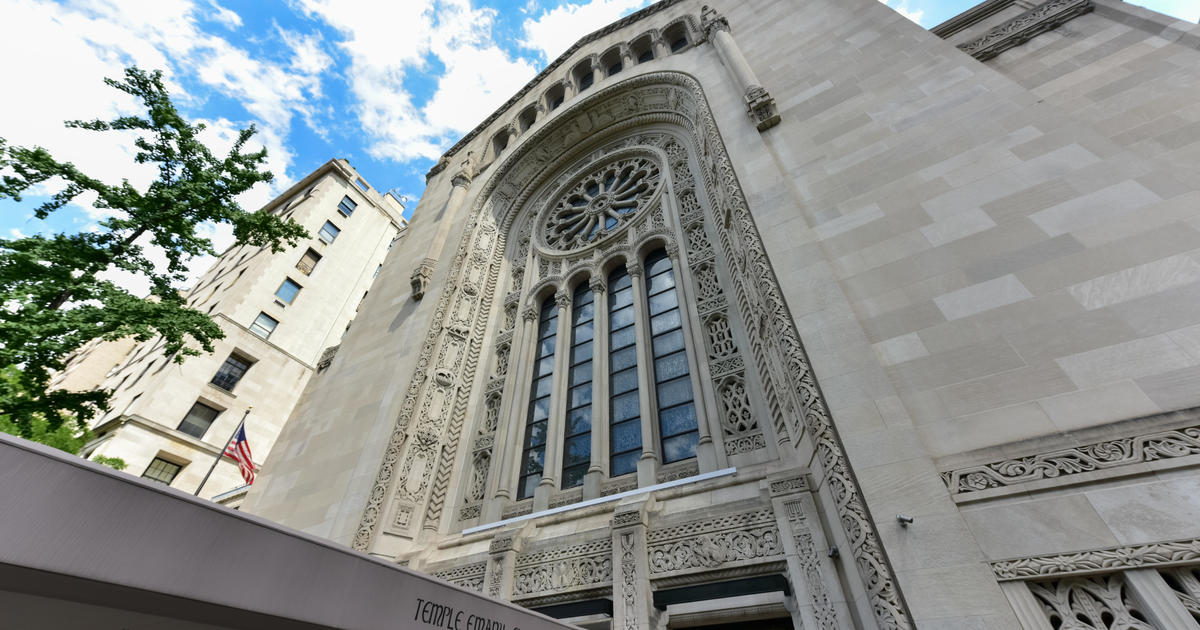Gov. Cuomo Looks To Save Money By Closing Prisons
ALBANY, NY (AP / WCBS 880) - Gov. Andrew Cuomo on Wednesday ordered a study of New York's minimum- and medium-security prisons to identify those that should close following a decade-long decline in crime rates and inmate populations and the diversion of more drug offenders to treatment programs.
Podcast
WCBS 880's Monica Miller reports
The task force will go to work 10 days after the Legislature approves corrections appropriations for the fiscal year that starts April 1. Under the executive order, the recommendations are due to Commissioner Brian Fischer 30 days after that.
At a legislative hearing Wednesday, Fischer declined to say whether any were already targeted. "If we do close a number of facilities it won't all happen at the same time,'' he said.
According to Fischer there are still 3,500 excess regular prison beds among 67 facilities. The task force savings target is $72 million. It will look at the impact of any closing on the community and work force, and Cuomo has proposed up to $10 million in economic development aid for each affected community.
The state has closed five smaller facilities as the prison population dropped from 71,000 to 56,000 over the past decade. State Sen. Betty Little, a Republican who represents a large district in northern New York, said she has some communities that can't do anything with closed prisons or camps and would like to apply for the economic development aid retroactively.
The prison guards' union disputed Fischer's count, saying it includes regular beds assigned to prisoners temporarily put in special housing or drug treatment or elsewhere.
Donn Rowe, president of the New York State Correctional Officers and Police Benevolent Association, told lawmakers that New York's prisons had 22,000 officers when the inmate population peaked in 1999 and has about 20,000 now. He said the state could reduce costs by cutting administrative positions.
"We have a more violent felon at this time,'' Rowe said, with more nonviolent criminals kept out of prison. Staffing is required around the clock so the true ratio is one staff person to six inmates, he said.
Since recent revisions in the so-called Rockefeller era drug laws, removing some mandatory minimum prison sentences, officials said 1,000 fewer offenders went to prison, with 700 sent by judges to drug-treatment programs and 300 to local jails or probation.
Parole Division Chairwoman Andrea Evans told legislators with a "dramatic drop'' in prisoners appearing before the Parole Board they would save money by giving up six vacant positions and having 13 board members. They are increasingly using video interviews to reduce travel, she said.
The number of parolees returned to prison for technical violations has dropped, and the division last year moved to graduated sanctions for violations, diverting 40 percent of violators to alternative sanctions besides prison, Evans said. Meanwhile, with an emphasis on reintegration and housing, the number of prisoners released to homeless shelters declined from 31 percent to 16 percent in New York City last year, she said.
(TM and Copyright 2011 CBS Radio Inc. and its relevant subsidiaries. CBS RADIO and EYE Logo TM and Copyright 2011 CBS Broadcasting Inc. Used under license. All Rights Reserved. This material may not be published, broadcast, rewritten, or redistributed. The Associated Press contributed to this report.)



